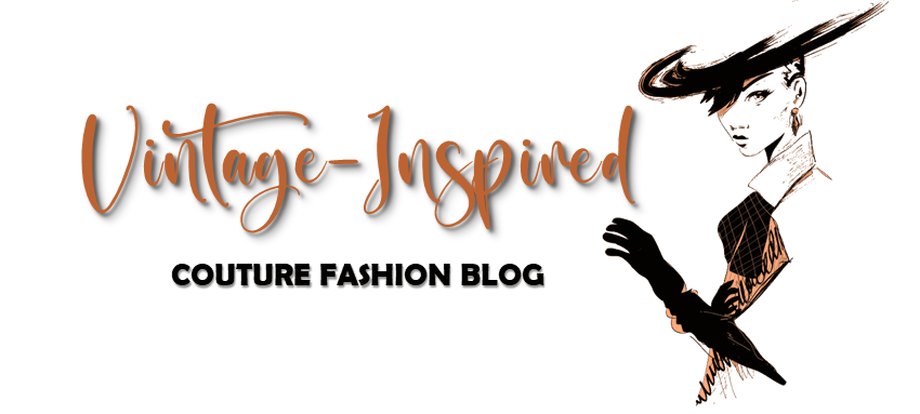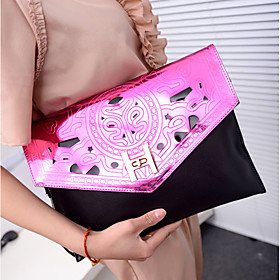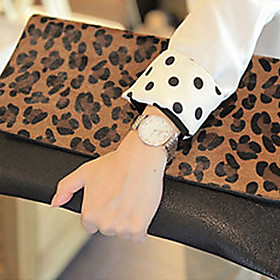The phrase intimate wear includes underwear and lingerie for
women that’s personal to her physical body and unlike outerwear, inner wear
consists of items that are worn specifically for specific parts of the female
body – the upper and lower parts.
There wasn’t much of a variety of intimate lingerie for both
parts of the body for the nineteenth century woman. The most important item to
the fashionable woman was the all-important constricting corsets made with
whale or steel bones.
This singular item
was basically meant to give a woman an hour-glass shape, popularly referred to
as a figure 8. This was the mark of beauty!
Wearing a corset all day long was torturous, and it could
never have been worn without a helping hand, or two! But it was an important
piece of intimate wear to have.
Luckily towards the late 1880s, a women’s movement
campaigning against the damage the corset of the time did to ribs and a woman’s
internal organs caused by tight lacing, invented what was called the
"health corset" that was specifically made to help her muscles.
By the early 1900s, the corset finally gave way to the liberty
bodice, “a simple shape sleeveless bodice, often made of warm, fleecy fabric
that came with attached garters”.
The bodices had no boning, unlike corsets,
although some had firm cloth strapping which was meant to encourage good
posture. It liberated the women folk from those rib-crushing intimate wears.
And for the lower body, as the skirts became shorter, women wore what we
call pantaloons (underwear that covers each leg separately from the waist
to the ankle), that were
strictly meant to conceal a woman’s legs.
Other intimate wear of the 19th century include
the union suit, stiff crinolines, hoop skirts, bustle, and drawers which
everyone wore not only for modesty, but also for warmth.










